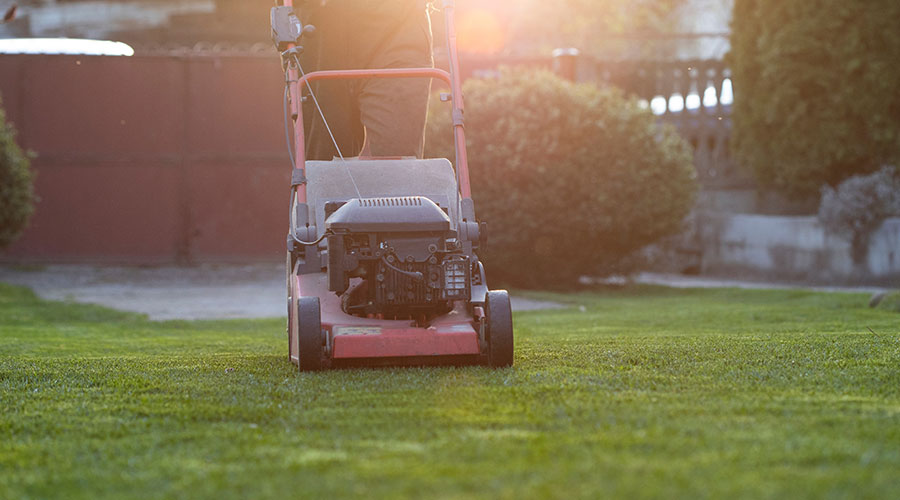An institutional or commercial facility’s financial situation, as well as the amount a utility vehicle has depreciated, will dictate whether a grounds manager repairs or replaces an aging vehicle. For example, if the vehicle was paid for and depreciated off the books, it makes sense to do the repairs and then sell it.
But if the vehicle has depreciated significantly and is no longer worth much, managers should replace it and avoid investing more in it. Some vehicles cost $10,000-15,000, while others cost as much as $30,000-40,000, so the decision will depend on the amount invested and its worth.
As with any other large vehicle, when one part breaks, another part tends to break as well — the domino effect. For example, if the vehicle’s water pump fails, the oil or air conditioner is likely to fail next. So if a major and costly mechanical component such as the engine requires repairs and the unit was paid for and depreciated off the books, managers should have that part fixed and get rid of the vehicle. In contrast, if the vehicle requires multiple repairs that require large investments, it would be best to replace the equipment.
The decision on whether to repair or replace a vehicle is situational, but if managers carefully consider their investment and assess the equipment’s value, they can determine the best course of action.
— Mike Fitzpatrick















